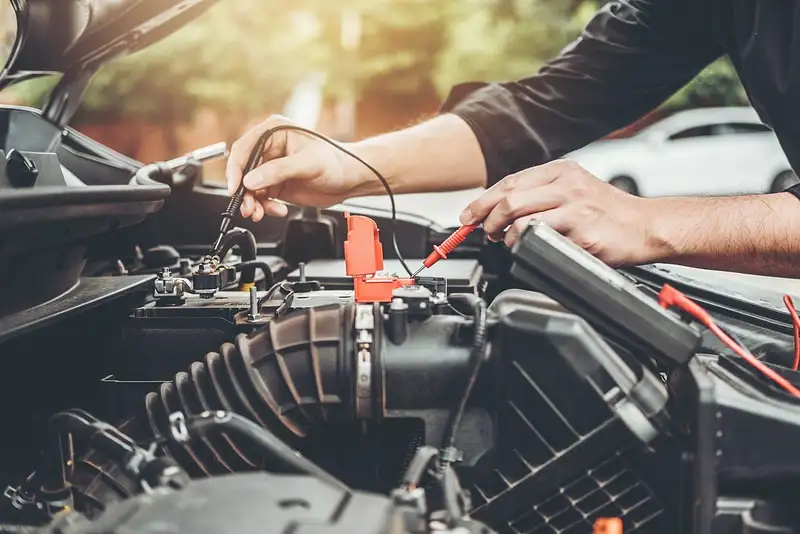
The Basics of Car Maintenance
There are some basic steps to keep your car running like new. Keeping the brake pads, tires, transmission fluid, shocks and struts in check will help you avoid more severe problems that can develop over time. In addition, these simple maintenance tasks will ensure that you don’t have to spend a fortune to keep your car running well.
Check Engine Light
A check engine light is a visual indicator of a problem with a car’s onboard diagnostics system. The light can indicate several things, including a simple malfunction or a more severe issue. It can also signify a potentially expensive repair job, so it’s best to address the problem as soon as possible.
Regarding the check engine light, you should take your vehicle to a qualified mechanic to diagnose the underlying problem. A mechanic will have the tools and experience to accurately diagnose the problem and prevent complications from occurring. A good routine general auto maintenance Corpus Christi TX is required to maintain the condition of your vehicle.
It’s also important to note that the check engine light differs from the maintenance light. Both are used to inform drivers of a scheduled maintenance appointment, but the check engine light warns that something is wrong.
Check Transmission Fluid
If you own a car, you must regularly check your transmission fluid level. Having this task done can save you from costly problems down the road.
You can check your transmission fluid level by using a dipstick. This device is usually located near the battery on the right side of your car’s engine. It’s a good idea to get your owner’s manual to find your dipstick.
Checking your vehicle’s transmission fluid level can be easy. You only need a rag to clean the dipstick and a funnel to pour the fluid into.
Be careful when adding transmission fluid. Too much liquid will cause air bubbles. Also, you don’t want to add the wrong transmission fluid.
Inspect Shocks and Struts
Inspecting shocks and struts is essential to improve your driving experience and safety. They are a vital part of your vehicle’s suspension system, stabilizing your car when passing over bumps and uneven surfaces. When you have worn-out struts or shocks, you may find yourself slipping, losing control of your vehicle, and having a rough ride.
There are some simple ways to check for shock and strut problems. First, take a look under your car. You should be able to see the shocks and struts, along with some other parts. Also, your owner’s manual should give you more information about your suspension.
Inspect Brake Pads
If you’ve been hearing a grinding sound from your brakes, you might need a brake pad replacement. The noise is caused by the caliper squeezing against the rotor. It’s essential to replace your pads before it causes irreparable damage to your rotors.
Brake pads are an essential part of a vehicle’s braking system. The wear indicators built into these pads will tell you when they need replacing. Usually, the hand is located at the center of the pad.
Brake pad replacement should occur at least once every three to five years. But the frequency of replacing your pads depends on several factors. Your driving habits, the type of road you drive on, and the car you use can affect how frequently you need to replace your pads.
Check Headlights and Taillights.
One of the most important ways to maintain the health of your car is to perform regular maintenance. This includes checking headlights and taillights. The primary purpose of these lights is to help drivers see during nighttime. When these lights are not working correctly, they can make driving unsafe.
It would help if you used specific tools to properly check your headlights and taillights. It is also recommended to wear gloves and clean them thoroughly. By doing so, you will not only prevent glare but also preserve the life of your bulbs.
To start the process, you must disconnect your car’s battery. It would help if you then turned on your headlights and taillights. You may have to change the bulb if the lights do not come on.
Tire Pressure
Keeping your tires properly inflated is the most critical aspect of car maintenance. It ensures safety, helps you save on fuel, and reduces carbon emissions.
You should check your tire pressure once a month. Most cars come with a tire pressure gauge. You can purchase one at your local auto parts store or a gas station. To get an accurate reading, ensure that the gauge is connected to your tire and that the nozzle is securely pressed onto the valve.
Your car may also have a built-in pressure monitoring system. This device uses wheel sensors to alert you if your tires are too low.


